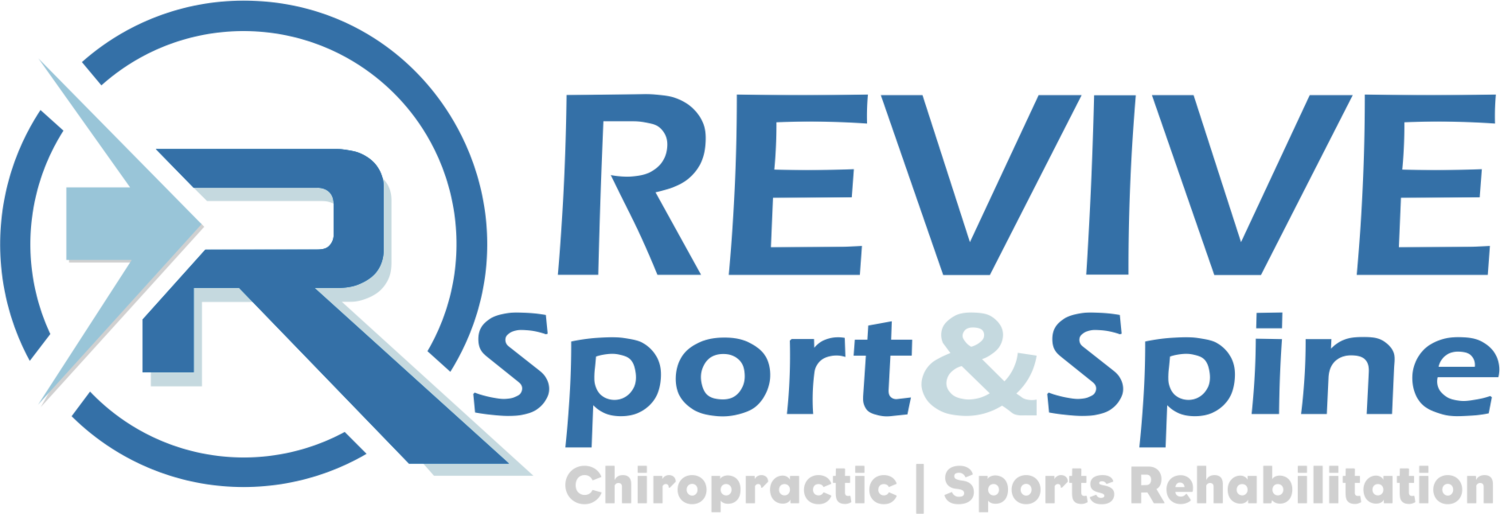As the weather cools down, a thought of last year comes to mind. During this time I was beginning my sports residency in St. Louis under one of the best conservative care sports physicians I have had the pleasure to work with. Of all the cases we encountered, one injury (many actually) sticks out as a very common occurrence this time of the year….Proximal Hamstring Strain & Tendinopathy.
Hamstring injuries can be a beast; they drag you down mentally and physically as treatment tends to draw out and disrupt your training plans and goals. They present with pain and tenderness near the gluteal fold and over the posterior thigh, making it sometimes difficult to run, ride, walk and even sit. What I would like to do here today is briefly (as a longer post is to come later) give you some basic suggestions based on research findings, what patients have responded positively to, as well as what to do about your training and overall fitness.
There are many misconceptions out there about hamstring tightness and what can be done about it. What we do know is that stretching, and stretching, and stretching the hamstrings some more, trying your hardest to touch the floor is not very effective, even counterproductive (1). It may lengthen the muscle for a short period of time but the stress it places on the enthesis and the myotendinous junction could set you up for further injury if care is not taken.
In the acute or reactive phase of a hamstring tendinopathy, there are a few key thoughts to consider that can aid in recovery. At REVIVE Sport & Spine we focus on treating our athletes while keeping them active in sport but sometimes a decrease in activity is needed while a select few may need to shut down for a few weeks. When working with tendinopathy issues, offloading the tendon from compressive and tensile loads is key (2). Compressive loads are just what they sound like, anything that can compress the muscle or tendon such as sitting. Tensile loads on the other hand are more dynamic in nature including activities like running and jumping. Our goal in maintaining activity during treatment is to decrease both compressive and tensile loads while completely eliminating movements that combine the two such as hill running, static stretching and over striding (common with treadmill running, one reason I dislike this winter running option and also what I believe causes so many proximal hamstring issues in the winter months). What can you do for activity during treatment? Running on flat, soft surfaces at a decreased intensity and lower volume is one option. Begin strengthen the hamstrings, gently with slow progression, utilizing isometric and eccentric type exercises (3) while also decreasing the time spent compressing the tendon in activities like sitting and static stretching. Besides, too much sitting is just not good for your health in general!
While this is just the tip of the iceberg, we will dive deeper into hamstring issues in the near future focusing more on possible causes and some ideas as to what you can do to speed up your progress. We will look at glute strength, hamstring exercise progression, the effect of tight hip flexors and weak abdominals as well as anterior pelvic tilt and poor lumbopelvic stability.
As always, be sure to consult your personal physician before taking on any exercise or self prevention plan, self diagnosis and treatment is never a good option. If you feel you are developing a hamstring issues and want to get ahead of it quickly, the team at REVIVE Sport & Spine is ready to help you build and get the most out of your winter training. Happy Holidays and Happy Movement!
Resources:
Sole G, Milosavlijevic S, Nicholson H, Sullivan J. Selective Strength Loss and Decreased Muscle Activity in Hamstring Injury. J Orthop Sports Phys Ther 2011;41(5):354–363, Epub2 February 2011. doi:10.2519/jospt.2011.3268
Cook JL, Purdam C. Is Compressive Load a factor in the Development of Tendinopathy? Br J Sports Med. 2012 Mar;46(3):163-8. doi: 10.1136/bjsports-2011-090414.
Jayaseelan DJ, Moats N, Ricardo CR. Rehabilitation of Proximal Hamstring Tendinopathy utilizing eccentric training, lumbopelvic stabilization, and trigger point dry needling. Journal of Orthopaedic and Sports Physical Therapy. 2014 Mar;44(3):198-205. doi: 10.2519/jospt.2014.4905. Epub 2013 Nov 21.

